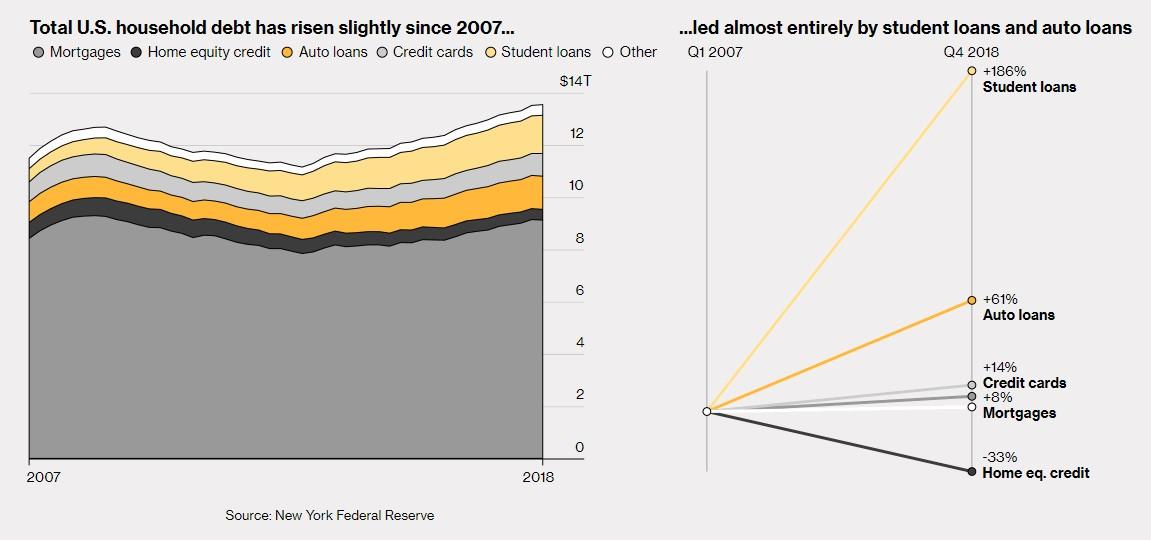And transfuse they did.
The U.S. Treasury turned the spigot into the ‘flow’ position with the Troubled Asset Relief Program (TARP).
And the Fed followed that up by turning the spigot into the ‘gusher’ position with their emergency lending, discount window lending, and their QE-based purchases of cesspool-grade MBS and agency debt from various global lending institutions.
……………………………………………………………
Notes on the liquidity transfusions:
SIGTARP, the oversight agency of the Troubled Asset Relief Program (TARP), in its July 2009 report, vetted by Treasury, noted that the U.S. Government’s “Total Potential Support Related to Crisis” (page 138) amounted to $23.7 trillion. While this figure represents a backstop commitment, not a measure of total potential loss, it is nonetheless an astounding degree of support, in the form of liquidity infusions, credit extensions and guarantees, various other forms of assistance for financial institutions and other business entities affected by the financial crisis.
One example of the mechanics of these backstop commitments involved two of the major investment-banks which were at the forefront of the U.S. financial crisis, Goldman Sachs and JP Morgan who, through their high-risk exposure to subprime debt and derivatives, received enormous financial assistance at the expense of U.S. taxpayers.
Goldman Sachs and J.P. Morgan received these direct liquidity infusions during the financial crisis via Fed disbursements through the Primary Dealer Credit Facility and numerous other credit facilities. The two (according to ZeroHedge 4-1-11) “had the temerity to pledge bonds that had defaulted (i.e. had a rating of D)… as in bankrupt, and pretty much worthless. . . that have no value whatsoever. . .” Goldman Sachs received $24.7 million and JP Morgan $1.4 million on the worthless collateral (September 15, 2008). Goldman Sachs pledged D-rated securities again September 29, 2008 and received $82.7 million (Citigroup received $102.8 million; Merrill Lynch – $217.8 million; Morgan Stanley – $261.0 million; UBS – $202.2 million).
In addition, the same two investment banking giants, Goldman Sachs and JP Morgan, earned free interest (again at taxpayer expense) through their access to credit extensions at the Federal Reserve discount window. Within two years, Goldman Sachs was paying out $111.3 million in “delayed bonuses” for the years 2007 and 2009 (NY Times 12-15-10).
_________________________________
U.S. citizens deserve nothing less than the same direct access to liquidity extensions, through a ‘Citizens Credit Facility,’ to restore financial health at the family level, that were provided to major domestic and foreign financial institutions during the financial crisis.
The initial credit extension outlay with The Leviticus 25 Plan ($18.0 trillion – assuming an 80% participation rate by U.S. citizens) would hardly be prohibitive, in light of the trillions of dollars in Federal Reserve and Treasury outlays over the past 5 years to major U.S. banking and financial institutions (Morgan Stanley, Citigroup, Bank of America, State Street Corp, Goldman Sachs, Merrill Lynch, JPMorgan Chase, Wachovia, Lehman Brothers, Wells Fargo, Bear Stearns) and major foreign financial institutions (Royal Bank of Scotland, UGS AG, Deutsche Bank AG, Barclays, Credit Suisse. Dexia, BNP Paribas).
The Federal Reserve’s various credit facilities, discount window transactions, emergency loans, Foreign Exchange swap lines, Interest on Excess Reserves (IOER) for foreign banks, and Treasury’s TARP and stimulus programs have done little to improve the financial status for the majority of American families. These government programs have also done nothing to change the dominance and risk profile of “too big to fail banks,” and they have done little to lessen the counterparty default risk in the global derivatives markets.
The time is now to balance things out, and grant U.S. citizens the same direct access to liquidity that was provided to Wall Street’s financial sector.
Special Note: The Leviticus 25 plan generates $465 billion budget surpluses over each of the first 5 years of activation – and pays for itself entirely over a 10-15 year period. There is no other plan in America that can match the raw economic power of this plan.
The Leviticus 25 Plan – An Economic Acceleration Plan for America
$75,000 per U.S. citizen – Leviticus 25 Plan 2020 (3268 downloads)




